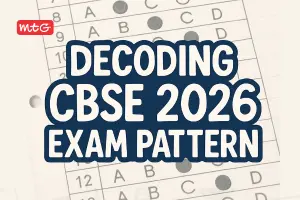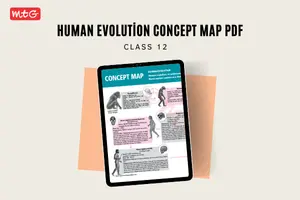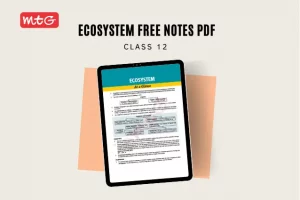
The CBSE Class 10 Mathematics Exam 2025 was conducted on March 10, from 10:30 AM to 1:30 PM, with an additional 15-minute reading time. The paper followed the NCERT syllabus and was offered in format- Mathematics Standard (041). While the exam was easy to moderate, students encountered challenges with time management, particularly in solving application-based questions. This article presents a detailed breakdown of the exam structure, student feedback, expert opinions, and section-wise difficulty analysis.
Recent – Question Paper Analysis for Social Science Exam Class 10 CBSE 2025
CBSE Class 10 Mathematics 2025: Question Paper Pattern
The exam had 38 questions divided into five sections, with internal choices in select sections to assist students.
Section-Wise Breakdown:
| Section | Question Type | No. of Questions | Marks per Question |
| A | MCQs | 18 | 1 mark each |
| A | Assertion-Reason | 2 | 1 mark each |
| B | Very Short Answer (VSA) | 5 | 2 marks each |
| C | Short Answer (SA) | 6 | 3 marks each |
| D | Long Answer (LA) | 4 | 5 marks each |
| E | Case Study | 3 | 4 marks each (1+1+2 or 1+2+1) |
Exam Difficulty Level: Section-Wise Analysis
- Overall Difficulty: Moderate
- MCQs & Assertion-Reason Questions: Mostly easy and NCERT and NCERT Exemplar-based. While few are tricky.
- 3-Mark and 5-Mark Questions: moderate and lengthy due to multi-step problem-solving.
- Case Study Questions: Application-oriented and time-consuming.
| Class 10 CBSE Mathematics (Standard) Section Wise Analysis 2025 | |
| Parameter | Exam Analysis |
| Overall difficulty level of the paper | Moderate |
| Section A
MCQs- All Compulsory |
Easy to Moderate |
| Section B
VSA- All Compulsory with internal choice |
Easy |
| Section C
SA- All Compulsory with internal choice |
Easy to moderate |
| Section D
LA- All Compulsory with internal choice |
Moderate to Difficult |
| Section E
CBQ- All Compulsory |
Moderate to Difficult |
| Lengthiest Questions | Overall lengthy paper |
| Time Consuming Section | Case Based Questions |
Student Reactions: Time-Consuming But Fair
Students generally found the exam well-structured and scoring, though lengthy calculations made time management difficult. The Standard paper was moderately challenging, whereas the Basic paper was easier in comparison.
Key Takeaways from Student Feedback:
- Moderate Overall Difficulty: The Standard paper was moderately challenging, while the Basic paper was relatively easier.
- NCERT Alignment: Most questions were directly derived from NCERT exercises, aiding well-prepared students. Trigonometry questions were straightforward and directly from the NCERT.
- Time Management Issues: Many struggled to complete the paper due to extensive calculations.
- Challenging Sections: The 3-mark and 5-mark questions, especially in geometry, required additional effort.
- Set Variations: Some students found Set 1 more difficult, particularly in multiple-choice and competency-based questions.
- Case Study-Based Questions: Some were straightforward, while others required deeper analysis.
Expert Reviews: Balanced But Demanding
Teachers and subject matter experts acknowledged that the exam fairly assessed students’ understanding and problem-solving abilities. The paper was well-structured but required a conceptual grasp beyond rote learning.
Teacher and Expert Observations:
- Conceptual Clarity Was Essential: While NCERT-based, some questions required deep understanding.
- Balance Between Straightforward and Competency-Based Questions: The paper tested both theory and application.
- Effective Preparation Was Key: Students who practiced NCERT questions thoroughly found the paper manageable.
- Case Study Questions Were a Mixed Bag: Some were well-structured, while others were slightly ambiguous.
- Time Management Was Crucial: Extensive calculations made it necessary to plan well.
Key Takeaways
- The exam was structured to test problem-solving ability, mathematical reasoning, and conceptual clarity.
- Time-consuming calculations made efficient time management essential.
- Consistent practice and familiarity with different question types were crucial to scoring well.
Conclusion: A Well-Balanced Paper with Time Constraints
The CBSE Class 10 Maths Exam 2025 balanced conceptual and application-based learning. While students found it moderately difficult, thorough NCERT preparation and time management were key to success. As students await results, the overall sentiment remains positive, with many expecting fair evaluation outcomes
Also Check: 5 Exam Hacks to Score 99% in Class 10th Board






























